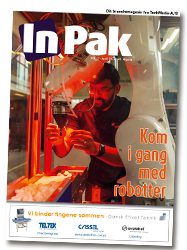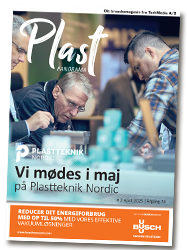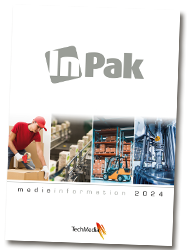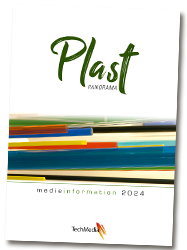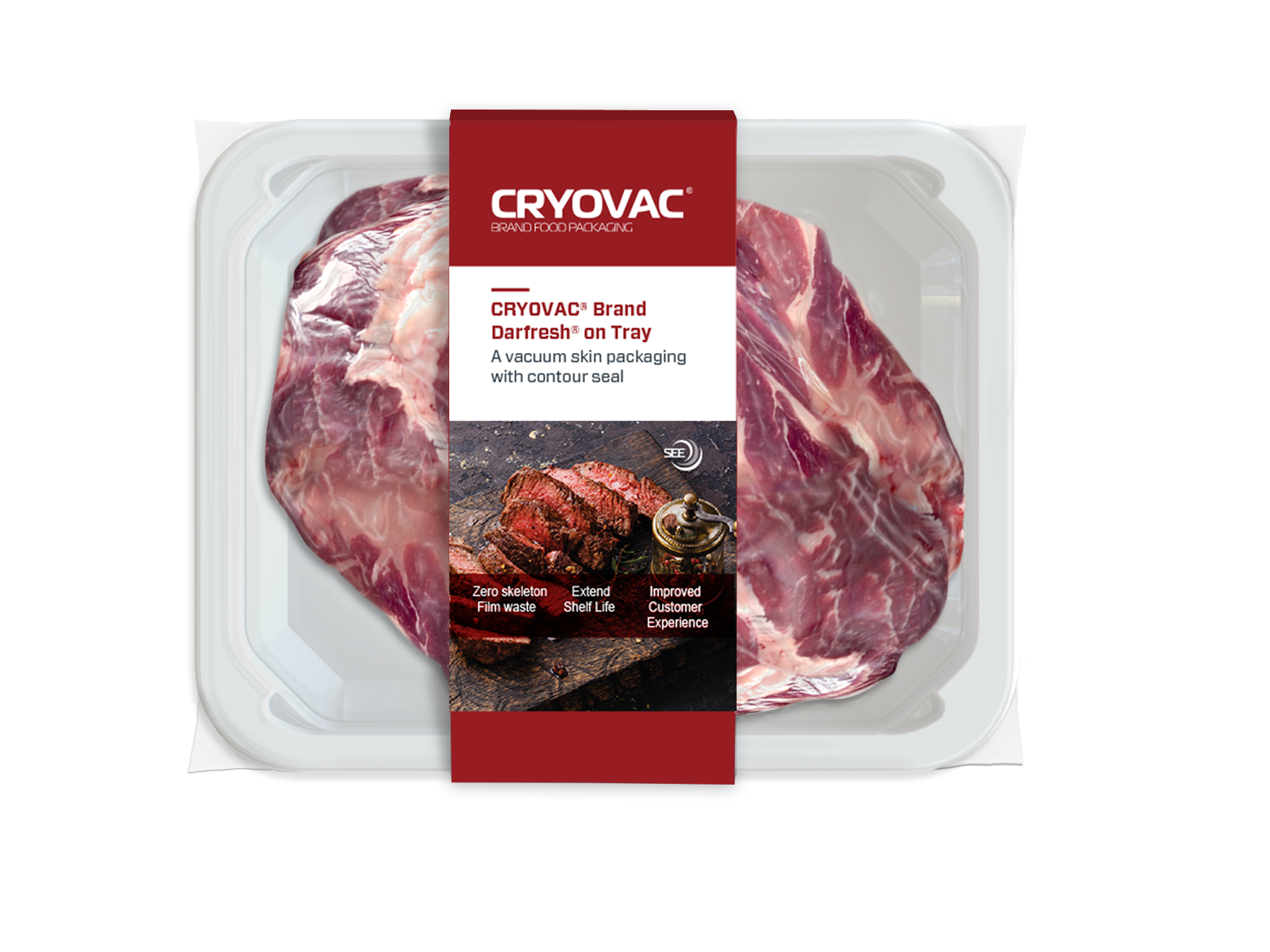
The Packaging and Packaging Waste Regulation (PPWR) is creating new demand for vacuum skin packaging, with usage increasing beyond traditional fresh red meat applications.
Marta Lara, Senior Marketing Manager, Food Retail, EMEA at SEE explains more and looks at other key trends driving growth of the innovative packaging solution throughout food supply chains.
Minimizing the size of packaging
Vacuum skin packaging has proved a popular choice for fresh red meat packaging since CRYOVAC® Brand Darfresh® was developed and patented in 1970 by SEE®. The solution has also been widely adopted for other applications, such as smoked meats, and we are now seeing it become a first choice for fish, seafood and poultry packaging – especially within the premium and prepared food segments of these categories.
Article 9 of the PPWR is playing an important role in driving growing demand for vacuum skin packaging. This element of the regulation refers to ‘packaging minimization by design and use’ and ranks as a high priority for food processors and retailers. From 1 January 2030, manufacturers and importers must ensure packaging is designed so that its weight and volume is reduced to the minimum necessary to ensure its functionality. There will also be a requirement for grouped packaging, transport packaging and e-commerce packaging to adhere to a maximum empty space ratio of 50%.
Skin vacuum solutions are specifically designed to wrap tightly around the shape of a food product. The technology delivers a high abuse resistant skin that protects food against oxygen and potential contaminants, while minimizing overall pack size. In some cases, CRYOVAC® Brand Darfresh® eliminates empty spaces to reduce packaging volume by around 50%, compared to Modified Atmosphere Packaging (MAP) alternatives.
Innovations in vacuum skin technologies also allow food retailers and processors to reduce plastic usage. Skins are becoming thinner and more lightweight, while maintaining high levels of abuse resistance and oxygen barriers. SEE®, for example, has developed Darfresh® skin top webs that are 80 microns thick and deliver performance comparable with skins ranging from 100 to 120 microns.
Forward-thinking food retailers and processors are already investing in solutions to reduce the size and amount of packaging, and the future requirements of PPWR are accelerating this shift. There’s growing awareness that vacuum skin top webs are applied gently during the packaging process, which is ideal for delicate foods and respecting the shape of fresh fish, seafood, soft cheeses, minced meat and poultry.
Extending shelf life and satisfaction
Fresh and frozen seafood supplier Lepore Mare is a good example of reducing packaging volumes through the adoption of vacuum packaging, as well as another key trend driving the growing use of this solution: the extension of shelf life. The Italian company has been collaborating with SEE® since 2022 and is among the first in the seafood sector to introduce single-material plastic trays.
CRYOVAC® Brand Darfresh® technology is used to seal a vacuum skin to a bottom tray, creating a high oxygen barrier that preserves seafood freshness for longer. Seafood product shelf life has been extended in some cases by up to 30%, versus prior packaging systems. This allows Lepore Mare and retailers to extend the shelf life of the products and reduce potential wastage.
The risk of food wastage is further minimised through customer satisfaction. Lepore Mare recognises that consumers are increasingly looking for fresh, high-quality products and place great importance on food safety. Packaging is crucial to influencing shopper perceptions in these areas and products must be presented in perfect condition. Crystal-clear, high-gloss skin packaging can improve product aesthetics, while high barrier resistance to oxygen can prevent food discoloration. Strong and reliable seals can avoid leaks and the risk of food cross-contamination.
Sharing supply chain sustainability
Another key trend driving the wider adoption of vacuum skin packaging solutions is the shared responsibility for improving supply chain sustainability. Legislation such as Scope 3 Emissions place greater onus on collaboration, from food sourcing right through to the point of sale. Retailers are keen to understand and reduce carbon emissions throughout supply chains, while processors and suppliers must demonstrate how they are minimising environmental impact. All parties must increasingly support each other’s sustainability goals and vacuum skin packaging helps achieve this.
Smaller packaging volumes can mean more food is transported per cubic meter of vehicle space, creating an opportunity to reduce supply chain mileage, vehicle usage and carbon emissions. Cube optimisation can also allow retailers, wholesalers and distributors to store and display more food products in fridges, freezers and cold stores. This may help to reduce energy usage.
Process efficiencies and improved productivity during vacuum skin packaging are also contributing to supply chain wide efforts to minimise waste. Conventional skin packaging systems may have produced around 30% – 40% material scrap, while CRYOVAC® Brand Darfresh® on Tray systems are able to deliver packs with zero scrap. This is supported by faster cycles during packaging.
Driving future growth of vacuum skin packaging
The growing importance of recycling content and recyclability point towards long-term growth for vacuum skin packaging. Recycled plastics are very much part of a European circular economy, with important parts of the PPWR, such as Articles 6 and 7 creating new recyclability performance requirements for packaging.
Technology is advancing rapidly, with the development of recycle-ready and recycled-content films. We can expect to see greater innovation in these areas, which will further enhance the sustainable performance that vacuum skin packaging can deliver throughout supply chains. In turn, this will encourage growing awareness of the solution’s versatility for packaging a wide range of different foods and drive further demand.

